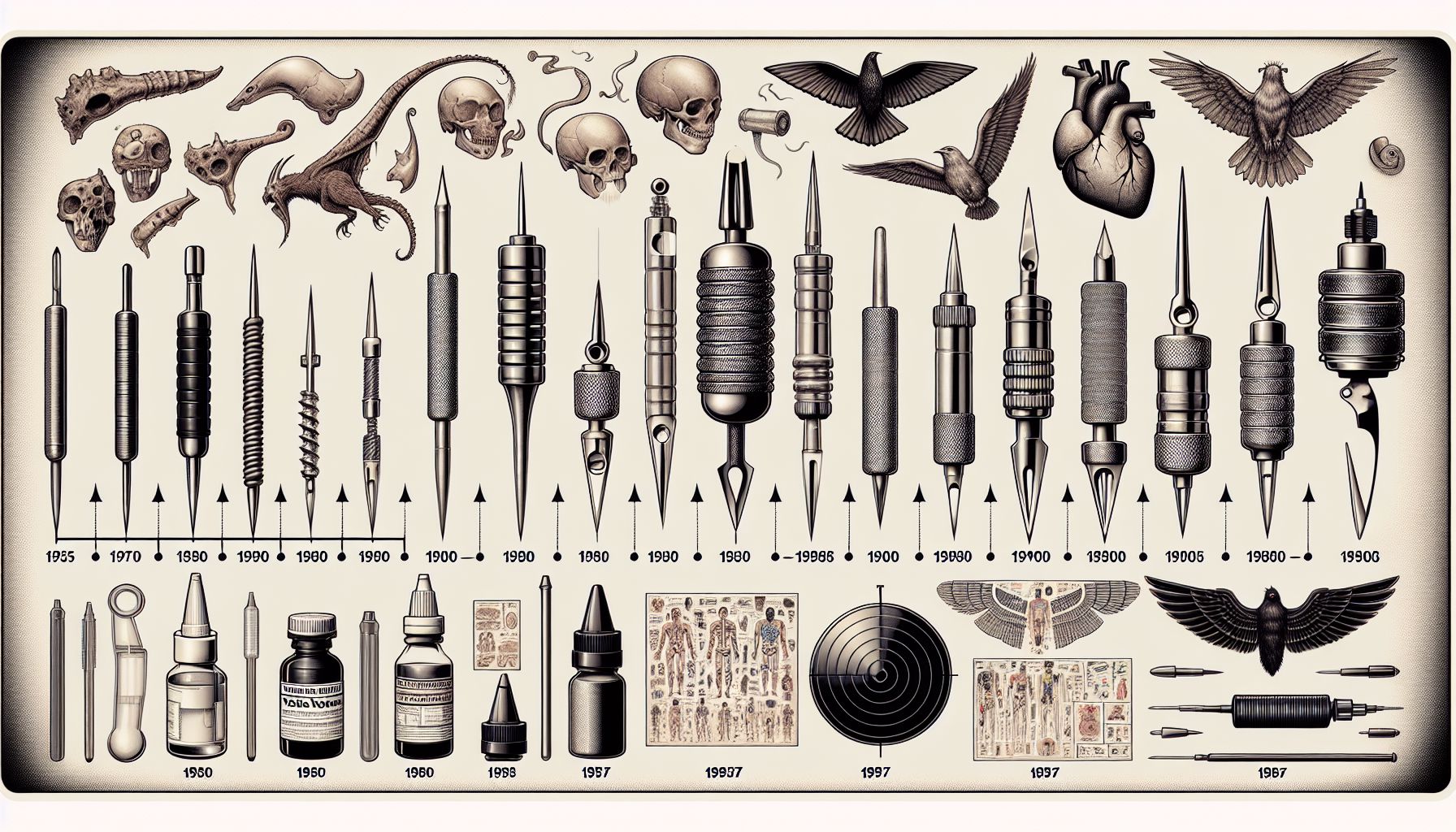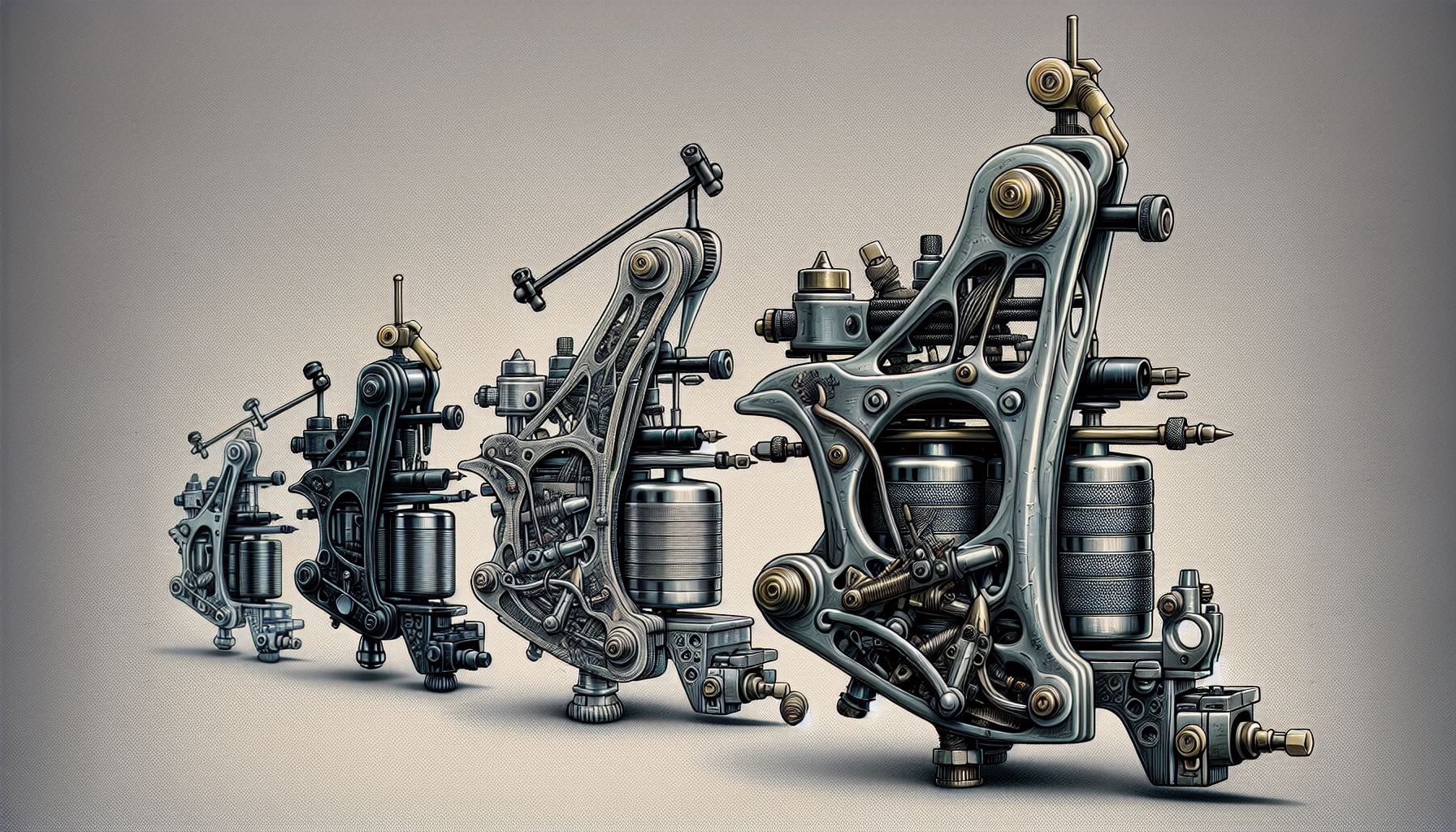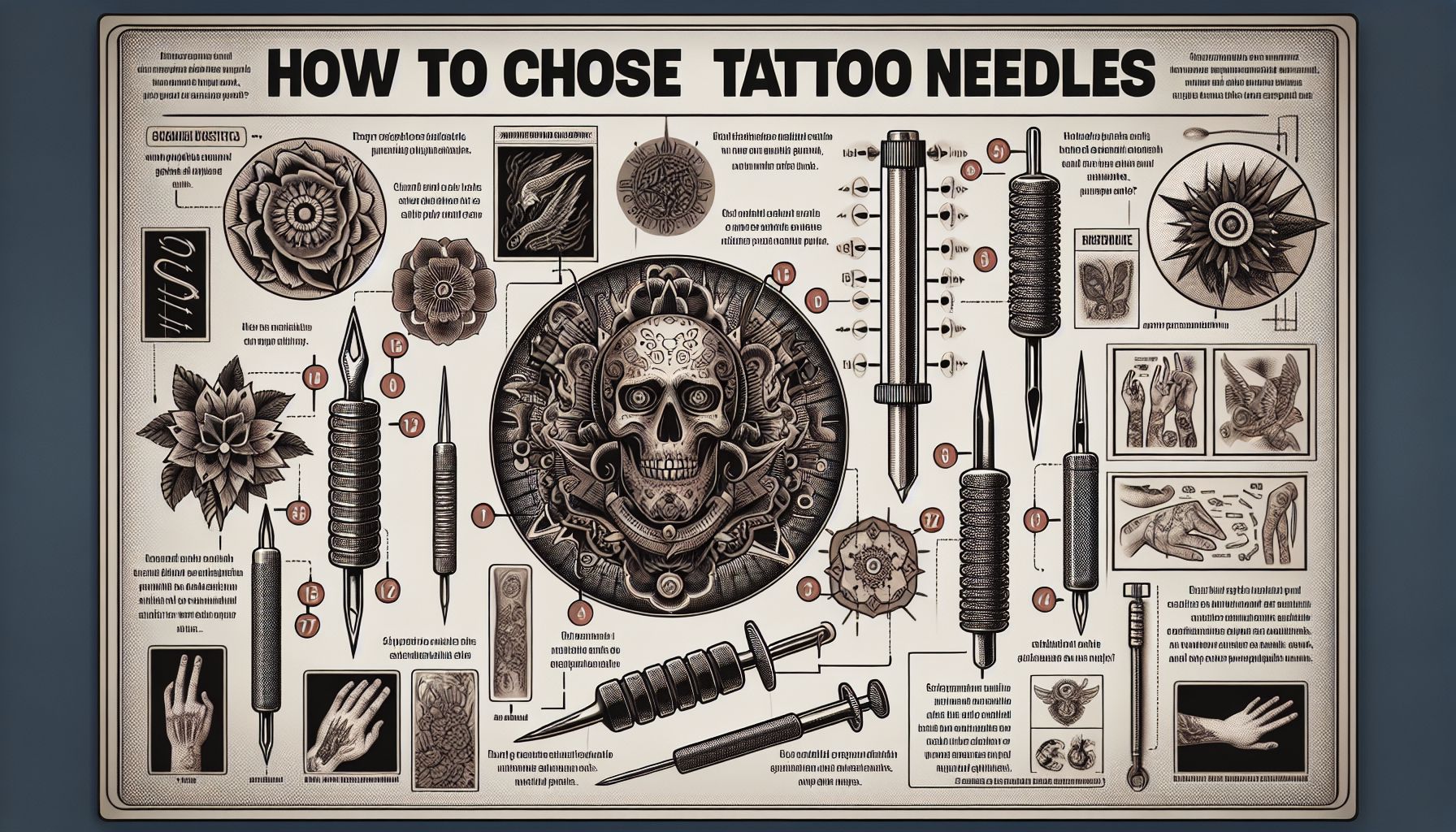When it comes to the art of tattooing, the needle is as fundamental as the brush to a painter. It’s a tool that might seem simple at first glance, but it’s undergone a tremendous evolution over the years, reflecting changes in technology, artistic styles, and client expectations. In this deep dive into one of the most crucial tattoo supplies, I’ll tap into years of experience to shed light on the nuances of tattoo needles and offer insights that can help artists and shops ensure they’re using the best tools for their craft.
Tattoo needles haven’t always been the sophisticated instruments we know today. I still remember when choices were limited and customization was more about bending needles yourself than picking the perfect configuration out of a catalog. Fast forward to now, and tattoo needles have specialized to an extent where the variety can seem bewildering even to seasoned professionals. Let’s unpack this essential component of tattoo supplies to help you make informed choices whether you’re just starting out or looking to refine your current setup.
First, it’s paramount to understand that no one needle is fit for all jobs. The array of configurations now available is designed to suit different techniques, from lining to shading, and everything in between. A liner needle, tightly soldered together to create a narrow, pointed end, helps in achieving crisp, clean lines. On the other hand, shader needles, which can be grouped in a flat row or in a round formation, are dispersed in a way that delivers softer, more diffuse lines ideal for shading and color work.
In the early days of my career, we had to make do with a very limited selection of needle types. It was a challenge to get your hands on, let alone afford, the different groupings available today. With the rise of the internet and the boom in online tattoo supplies, the accessibility and affordability of a diverse array of needles have been a game-changer.
When selecting needles, the quality of the material is a top priority. Surgical stainless steel is the standard for its resilience, ability to hold a sharp point, and, crucially, its biocompatibility to keep the risk of reaction and infection at bay. I’ve witnessed the unfortunate aftermath of skimping on needle quality – the irritation and compromised results are not worth the small saving.
Contemporary tattoo artists also need to consider the configuration they feel most comfortable with and which complements their technique. When it comes to the diameter of a needle, also termed the ‘gauge’, finer needles (higher gauge number) are favored for intricate work, while thicker needles (lower gauge number) provide strength and a bold finish. The count of the needles, indicating how many are grouped together, can alter the texture and saturation of the work significantly.
Advancements haven’t stopped at the needle itself. Needle cartridges have revolutionized the industry, making it quicker and easier to switch out needles mid-session while simultaneously enhancing safety by reducing the handling of the needle. However, these cartridges come at a greater cost, and traditional needle bars are still widely used, especially in styles where a more nuanced control is desired.
Beyond the needle’s technical specifications, it’s important to factor in the source. During my time in the industry, I’ve seen a shift toward a more ethical and sustainable approach to tattoo supplies. There’s been an uptick in brands offering vegan-friendly needles, ensuring no animal products are used in the needle preparation. This resonates with artists and clients who want their art to align with their ethics.
When reviewing needles, I always rigorously test for consistency. A needle that works perfectly once but falls short on the next order is more damaging than beneficial for an artist’s reputation and workflow. The suppliers I recommend are those with a track record of reliability and quality. After all, in a profession that hinges on precision and detail, consistency is the bedrock.
One can’t address tattoo supplies without considering sterilization and safety. It should go without saying, but personally, I advocate for single-use, disposable needles to mitigate any risk of cross-contamination. The peace of mind and the safety of clients should be non-negotiable, and fortunately, industry standards and regulations have elevated to enforce this.
Reflecting on my journey through the evolving landscape of tattoo needles, I am continuously fascinated by how even the smallest adjustments in needle technology can lead to innovative artistic techniques and improved client experiences. The dedication to refining this fundamental supply reflects the commitment of the tattoo community to elevate the craft.
To wrap up, whether you’re freelancing or stocking a bustling shop, put careful thought into the needles you choose. They’re the point of contact between your vision and the client’s skin – literally. Understanding the nuances of these essential tattoo supplies is a significant step towards mastery in tattooing. Embrace the evolution of the tools and let them inspire new heights in your artwork.
These days, I may be as much a purveyor of tattoo supplies as an artist, but the thrill of perfecting my craft lives on in helping others find the tools that fit their art like a glove. So, keep exploring, testing, and refining your choices of tattoo needles, because in this line of work, the right tools don’t just make your job easier; they make your art extraordinary.



